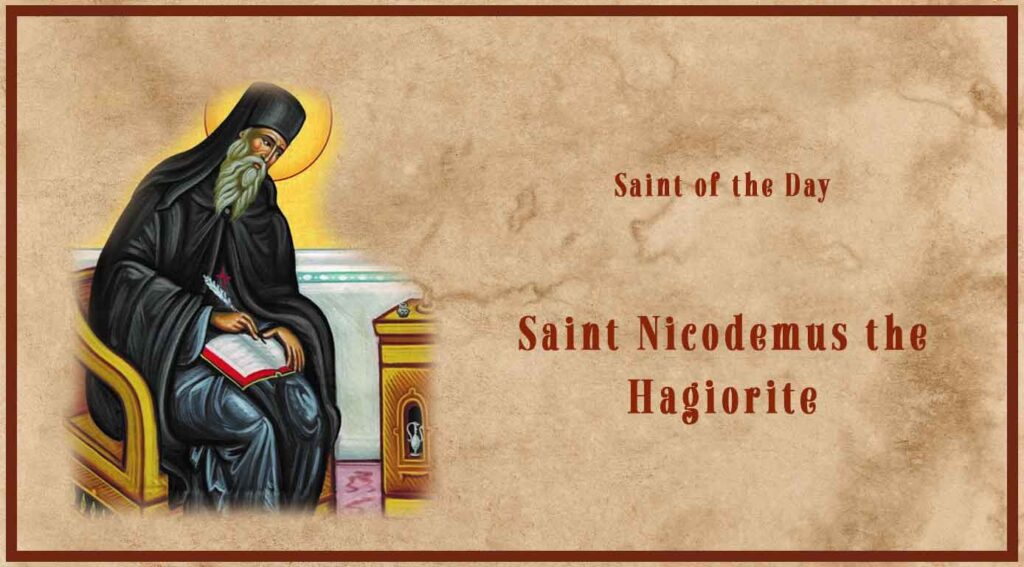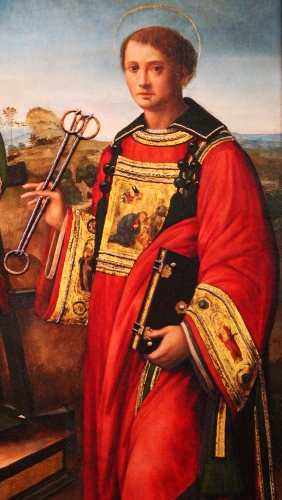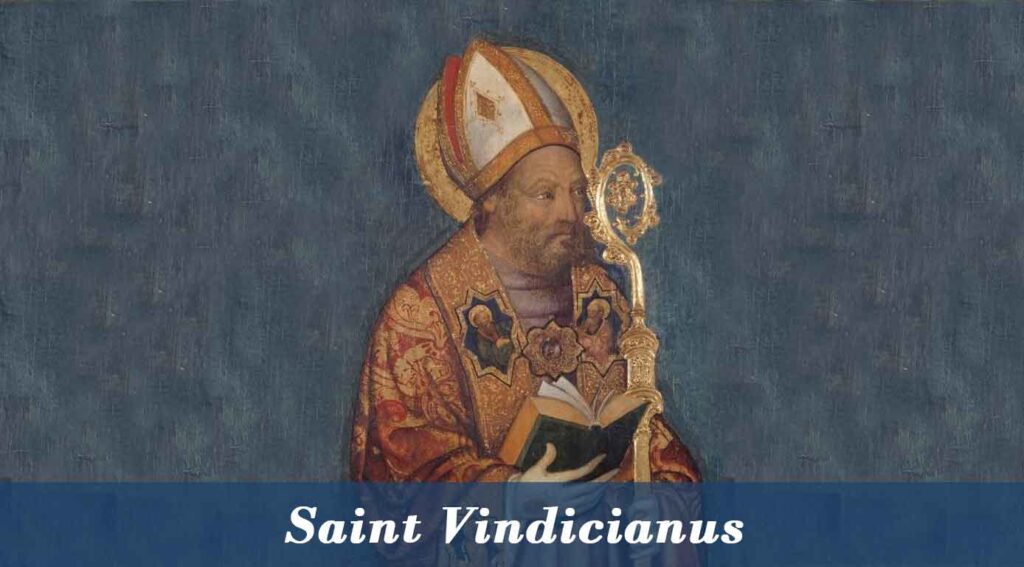Saint Nicodemus the Hagiorite was born Nicholas Kallivroutsis on the Greek island of Naxos. He was an ascetic monk, mystic, theologian, and philosopher. According to his biographer, he was possessed of “great acuteness of mind, accurate perception, intellectual brightness, and vast memory”, qualities which were readily apparent to those who furthered him along in his learning.
He passed from the tutelage of his parish priest to that of Archimandrite Chrysanthos, who was the brother of Cosmas. From there he made his way to Smyrna (now Izmir, Turkey), where he studied at the Evangelical School. Here he studied theology, as well as ancient Greek, Latin, French, and Italian. He studied at Smyrna but was forced to abandon his studies during a time of Ottoman persecution. Instead he entered the Dionysiou monastery on Mount Athos in 1775.
Saint Nicodemus decided to embrace the monastic life, following the example of three monks he had encountered, Gregory, Niphon, and Arsenios. He aligned himself with the monks known as Kollyvades, who sought a revival of traditional Orthodox practices and patristic literature, and he spent the remainder of his life at work translating and publishing those works. He also composed many original books of his own.
He wrote ascetic prayer literature and influenced the rediscovery of hesychasm, a method of contemplative prayer from the Byzantine period. He is most famous for his work with Macarius of Corinth on the anthology of monastic spiritual writings known as The Philokalia, as well as for his compilation of canons known as the Pedalion which he co-wrote with a hieromonk named Agapios Monachos.








